If you somehow didn’t know it already, then this is breaking news for you: this year marks the 50th anniversary of the longest running science fiction TV show in the world: Doctor Who. Long-running in some cases might mean plodding, but not in this case. The Doctor’s recent incarnation, actor Matt Smith, became the first Doctor to be nominated for a BAFTA and the latest two doctors, David Tennant and Matt Smith have particularly sparked international attention for the series, even bringing more than a tinge of Who-mania to the United States (I mean, plush Daleks in Barnes and Noble pretty much establishes that beyond question). At fifty years of continuity and intricate plot machinations, the show rivals the difficulty the comics industry faces in keeping its 1960’s established characters fresh and appealing, but has more often than not kept the spark alive for fans with more fireworks than expected.
[Francesco Francavilla’s cover for #1]
What better way to celebrate such a milestone year than bringing the Doctor to the fore in another medium known for epic longevity, comics? The ambition is certainly there in launching a comics celebration of Doctor Who, but with translation into the comics medium comes a host of challenges. Firstly, the comic has to appeal to new readers who may have only seen the show, if at all, more recently. It also, hopefully, has to avoid rankling rabid Whovians who have seen every episode and have shelves full of carefully dusted collectibles. That’s quite a balancing act. IDW and writers Scott and David Tipton settled on quite an ambitious trajectory, too, to devote a year of celebration to the series by presenting a story in twelve issues, managing to feature each incarnation of the Doctor from the show (11 and counting) in its own issue. They needed a plot to make this possible, and tie the long, long life of the Doctor together plausibly. Bringing artist Simon Fraser onboard was a very wise move, someone well-versed in long running features, having completed in 2012 a 10-year odyssey on the beloved series NIKOLAI DANTE. No doubt his sensitivity to keeping the details straight over swaths of time while preserving the essentials of characterization in an appealing way has been ingrained into his visual storytelling. While each issue is slated to feature the work of a different artist, Fraser was the best possible choice to get the series underway.
[Spoilers of just about every kind below!]
Scott and David Tipton, as well as Fraser, are up against another challenge in crafting PRISONERS OF TIME #1: the ambiguous appeal of the earliest version of the Doctor. While there’s plenty to be said about the endearing nature of the rather aged first Doctor, it’s younger and more rambunctious Doctors like numbers 10 and 11 who have garnered such an international following. The series first aired in 1963 in black and white, and re-watching the earliest Doctor Who episodes is bound to have a strongly dated feel. Sifting through the less immediately attractive features of Doctor #1 and preserving the more intriguing elements of the show that have blossomed and survived for 50 years is not a task for the faint of heart.
Firstly, the issue of binding together such a wide-ranging plot that needs to bring in all 11 Doctors. This requires an overarching structure that readers can grasp immediately and also, fingers crossed, can introduce the series to new readers. What better to accomplish the task than a black-robed “watcher” of a figure in a sinister cowl who Ozymandias-like peruses floating screens depicting all of the Doctor’s regenerated selves and puzzles out the ingrained continuity of the Doctor’s persona? It’s pulpy, but it’s also archetypical, especially for comics. A villain with a great deal of knowledge, operated behind the scenes poses a substantial threat to the Doctor. Meanwhile, those new to the Who universe get to see some of the previous versions of the Doctor over time, as well as encapsulated features of their personality. He also introduces one of the key themes that may well help tie the comic series together: the idea that one of the Doctor’s key features, seemingly unalterable, is that he “is never alone”. The companions, as show-watchers know all too well, are the bedrock of the Doctor’s story in every incarnation. When our hooded figure settles on changing this foundational principle, stopping the companion principle in Who mythology, the goal seems to be to outrage true fans into rallying to the Doctor’s side. It’s a very simple but rather profound move on the part of the Tiptons in writing the comic. New readers will be informed and intrigued. Whovians will be up in arms against this interloper.
In a compressed three pages the first elements of the 12 part series are set in motion before the comic jumps feet-first into its own first Doctor tale. The first Doctor may seem a little ancient in the series especially in comparison to the current Matt Smith, but dropping him into the year 1868 in London does help ease that disjunction. He seems more at home in a Victorian environment. Also placing this “educator” of a Doctor in an academic environment, visiting a professor at a medical school, makes him seem appropriate. It’s worth a nod to the Tiptons for smoothing any potential rough edges in this way. Fraser doesn’t attempt to rejuvenate Doctor #1 to an implausible extent, which would make Whovians jumpy, but neither does he accentuate his age. His movements are lithe and active while remaining stately.The comic also bringing the black and white world of the first series into full color and rendering the Doctor in a plausible way. The colors, done by Gary Caldwell, are a good fit for the mood of the issue. There’s a mellow mix of earthier tones you might expect from the Victorian era while allowing for dashes of bolder color, suggesting underlying energy.
There’s enough of an update to Doctor #1 in the artwork to keep fans not only onboard, but intrigued by this comics incarnation of their hero. Is that enough? Would simply brining Doctor #1 back to comics life for fans make them buy not only the first book, but the next 11? Though the Doctor is the most important element of the Who universe, of course, there’s more to it than that. I’ll venture to say that the show would never have survived 50 years if it hadn’t stayed true to one other major founding feature: narcissistic monsters. The more pulp-derived the better. Cheesy special-effects and all, in fact, the more silliness the more appealing. Am I wrong?
Having a black-clad sinister “watcher” trying to separate the Doctor from his companions is a pretty good storytelling, but to keep the issue moving and to make it truly a Doctor Who story, bring on the megalomaniacal tentacled being. To get to that point in the story, however, artist Fraser has some rapid-fire layouts to manage. Doctor Who is a wordy man. His companions traditionally chatter incessantly. The beings they encounter wrangle and disagree. It’s like one big confabulation every episode of the show. The trick has always been to blend that wordiness with intense action, or at least steady movement in plot. With so many conversations to depict, Fraser hauls out his substantial arsenal of vantage and perspective. Not a single panel depicts the same angle or viewpoint on the characters as they speak. Fraser digs deep- there is a lot of nattering involved- and he pulls it off with gusto. Some of the angles he chooses on characters faces even build up a horror feel in the comic, never shying away from rendering reaction shots a little grotesque. This is the kind of earthy artwork the comic needed, especially in handling Doctor #1 who is no heartthrob himself.
But back to the monsters. How about not one, but hundreds? Bring on the giant insects, also masterfully rendered by Fraser. In fact, the scale and angles Fraser chooses for his attacking herd of “Zarbi” in the subway tunnels under London (where, conveniently, some students have been abducted, tipping off the Doctor to global threat) make the humans seem tiny and ant-like while the Zarbi seem natural size. The Zarbi also provide at least one full page of fisticuffs, the equivalent of the obligatory scuffle per Dr. Who episode. We must not forget that the Doctor is a man of action, even Doctor #1. Fans then find themselves in a world they recognize, a deeply alien threat from a far-off planet that, of course, the Doctor has encountered before and finds has risen again. The Animus, a “spider-like” being capable of “great evil” who is also green and slimy makes the perfect nemesis. In fact, the Doctor seems almost invigorated to learn of the threat to humankind. Whovians can check off another personality trait rendered into comics format in tact for the Doctor. If the knowledgeable reader has been convinced by this point that Doctor #1 of the comic is, indeed, a suitable rendering of the TV series’ Doctor, they might suspect one other feature of his personality to turn up and affect the plot’s resolution. The Doctor is, deep down, rather childish, in all the ways that can throw new light on an impossible situation. Distracting the Animus green-slimy thing long enough to plow a train into its vital organs (whatever they may be) is something a child would do playing with action figures and a mix-mash of toys. The improvisation of this method of handling the Animus is all Doctor. Game point for the PRISONERS OF TIME #1.
It’s also just a very entertaining and visceral image to behold, one that Fraser presents with just enough detail to render it simple and conclusive at the same time. I don’t know who to credit with the rather ingenious decision of depicting the Doctor, small and alone, at the crossroads of a wrecked train and slain alien foe, from above. Whether it was specified by the Tiptons or devised by Fraser himself, it’s a poignant final image that not only leaves the issue as a cliff-hanger for the next 11, but has heavy thematic overtones about the Doctor’s “need” not to be “alone”. Of course, the implication is that his companions (here no less than 3), have indeed, been taken from him even while he’s pondering if some greater force might be at work against him.
Can new readers follow PRISONERS OF TIME #1? Certainly. Will students of the architecture of the Doctor’s universe find the story equally satisfying? Some of the aspects of translating a universe from TV to comics might not appeal to everyone, but if fans are looking for the basic building-stones of Whodom, they’ll find them in characterization, tropes, and essentials. The fact that the comic manages to do both of these things while setting up a larger series in a single issue is impressive. It’s also a fitting opening salute to 50 years of solid sci-fi storytelling. With upcoming variant covers including work by featured artists, the always compelling Francesco Francavilla, and also photo homages to the 11 Doctors in their successive actor incarnations, there’s plenty collectible about this series too. If the teams on each comic can keep up with the standards set by the Tiptons and Fraser, DR. WHO: PRISONERS OF TIME will be a landmark series in Doctor Who mythology to look out for every month in 2013.
Title: DOCTOR WHO: PRISONERS OF TIME #1/Publisher: IDW/Creative Team: Writers: Scott and David Tipton, Art: Simon Fraser, Colors: Gary Caldwell, Lettering: Tom B. Long, Editor: Denton J. Tipton
Hannah Means-Shannon writes and blogs about comics for TRIP CITY and Sequart.org and is currently working on books about Neil Gaiman and Alan Moore for Sequart. She is @hannahmenzies on Twitter and hannahmenziesblog on WordPress.


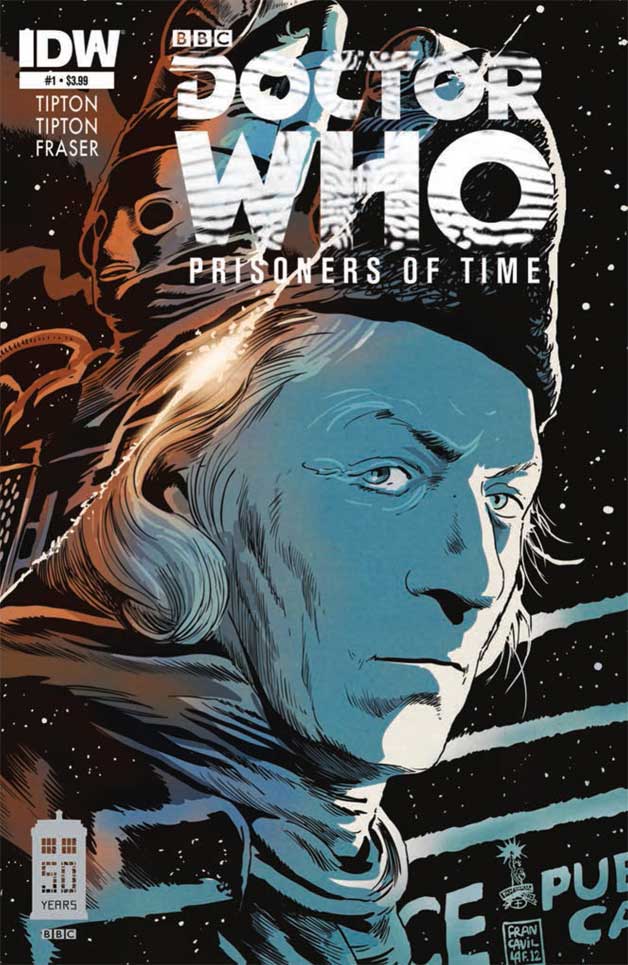
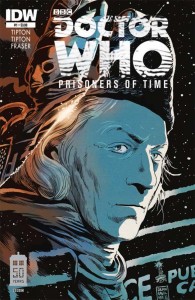
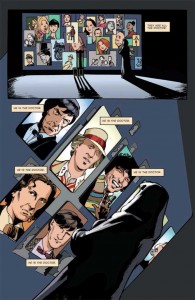
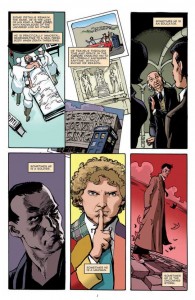
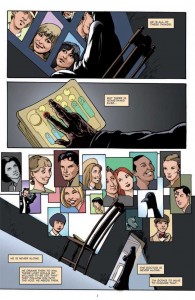
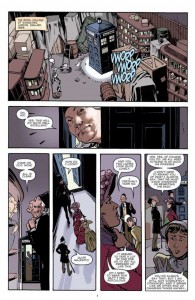
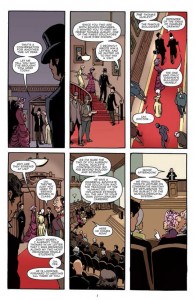
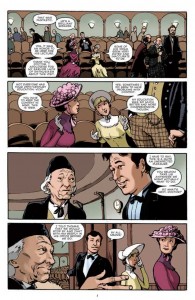
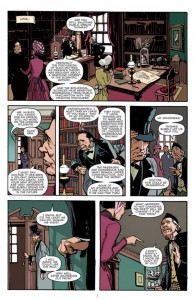
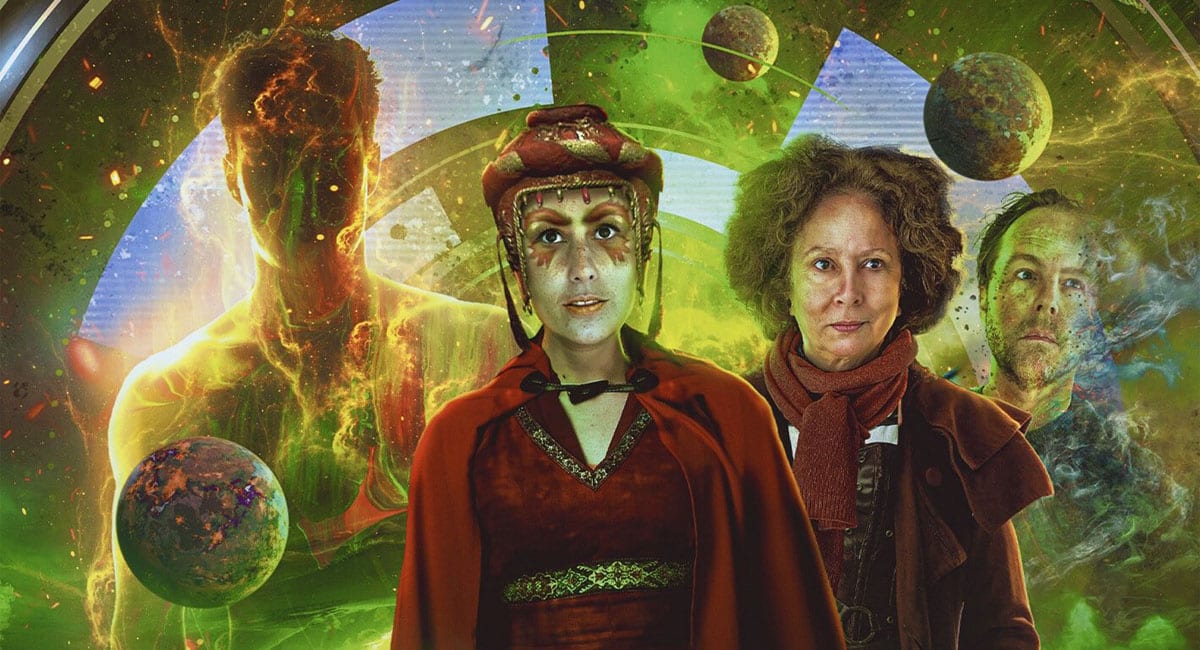

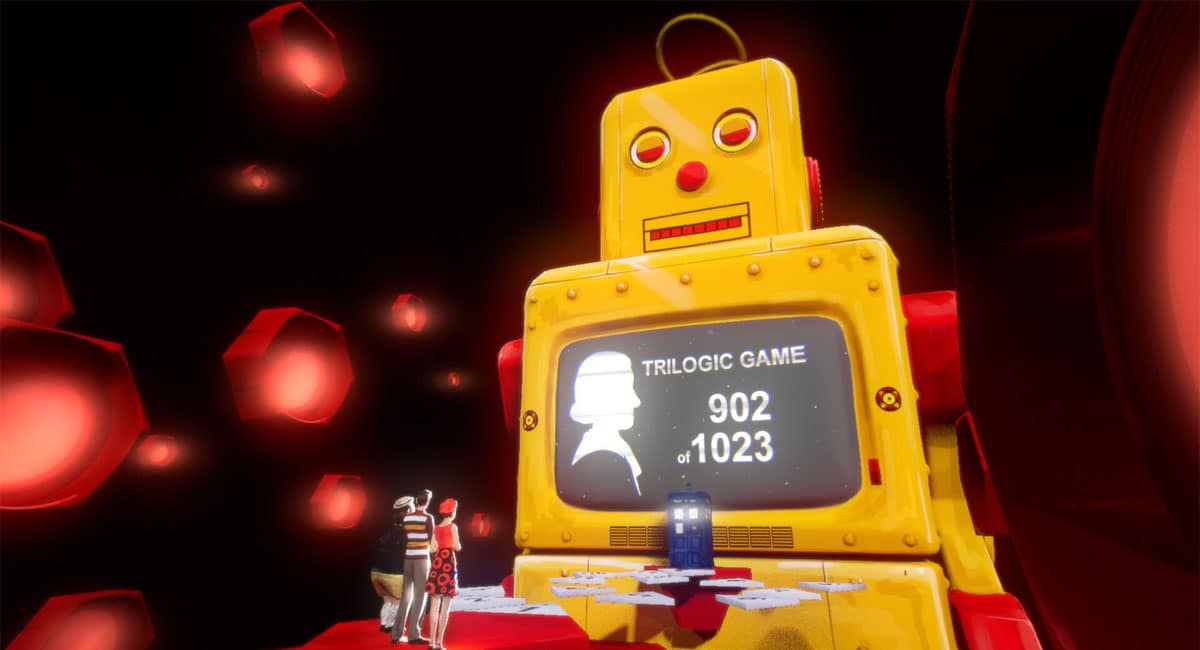


Having just watched a lot of Hartnell episodes in the month of January, I’ll say by way of counterpoint that this comic felt it was created by people who had never actually seen any of the era that they were trying to evoke here. Very generic Doctor and companions, in a time when there was no such thing as the generic Doctor. If this is going to appeal to die-hard fans you need to get the basic feel and thrust of the era, and I felt this failed utterly in that aspect.
Amazing cover by Francavilla, though!
The novels written during the Hatnell era do a much better job of capturing the feel of The First Doctor who of course had very little back story to explain who he was. this comic is at best a pale imitation of what e was. Oh, and those novels are starting to be republished and, if you want a good take on him being done now, bigfinish.com published a wonderful series of audio adventures concerning him and his companions.
“The ambition is certainly there in launching a comics celebration of Doctor Who, but with translation into the comics medium comes a host of challenges. Firstly, the comic has to appeal to new readers who may have only seen the show, if at all, more recently. It also, hopefully, has to avoid rankling rabid Whovians who have seen every episode and have shelves full of carefully dusted collectibles. That’s quite a balancing act.”
Since new Doctor Who comics have been printed consistently, without significant interruption, since 1964 – a much stronger run than the TV series can claim! – the general nature of this concern seems touchingly belated.
Touché Kit!
How does this comic compare to more traditional ones in your opinion? Also, I’m disturbed to learn that this comic might not be available in the UK.
“How does this comic compare to more traditional ones in your opinion? Also, I’m disturbed to learn that this comic might not be available in the UK.”
I’ve read a lot of those comics and there are some definite highs and lows. A lot of the ones that ran in DWM are real classics of the form, though; the ones by folks like Dave Gibbons, Steve Parkhouse, and John Ridgway in particular. (The entire “Voyager” cycle with Parkhouse and Ridgeway is of especially high quality.)
I’d put this — and unfortunately the majority of IDW’s — near the bottom of the spectrum. There’s a wealth of better ones out there.
Not sure why you’re “disturbed” that it’s not officially available in the UK. That’s been true of all of IDW’s licensed Doctor Who comics; their license is for North American publication. The license for Doctor Who comics in the UK is owned by DWM and Panini Books.
Thanks for the info!
I’m disturbed because I have friends in the UK who would like to collect these and it’s frustrating for them. Perhaps they can at least get them digitally.
Comments are closed.